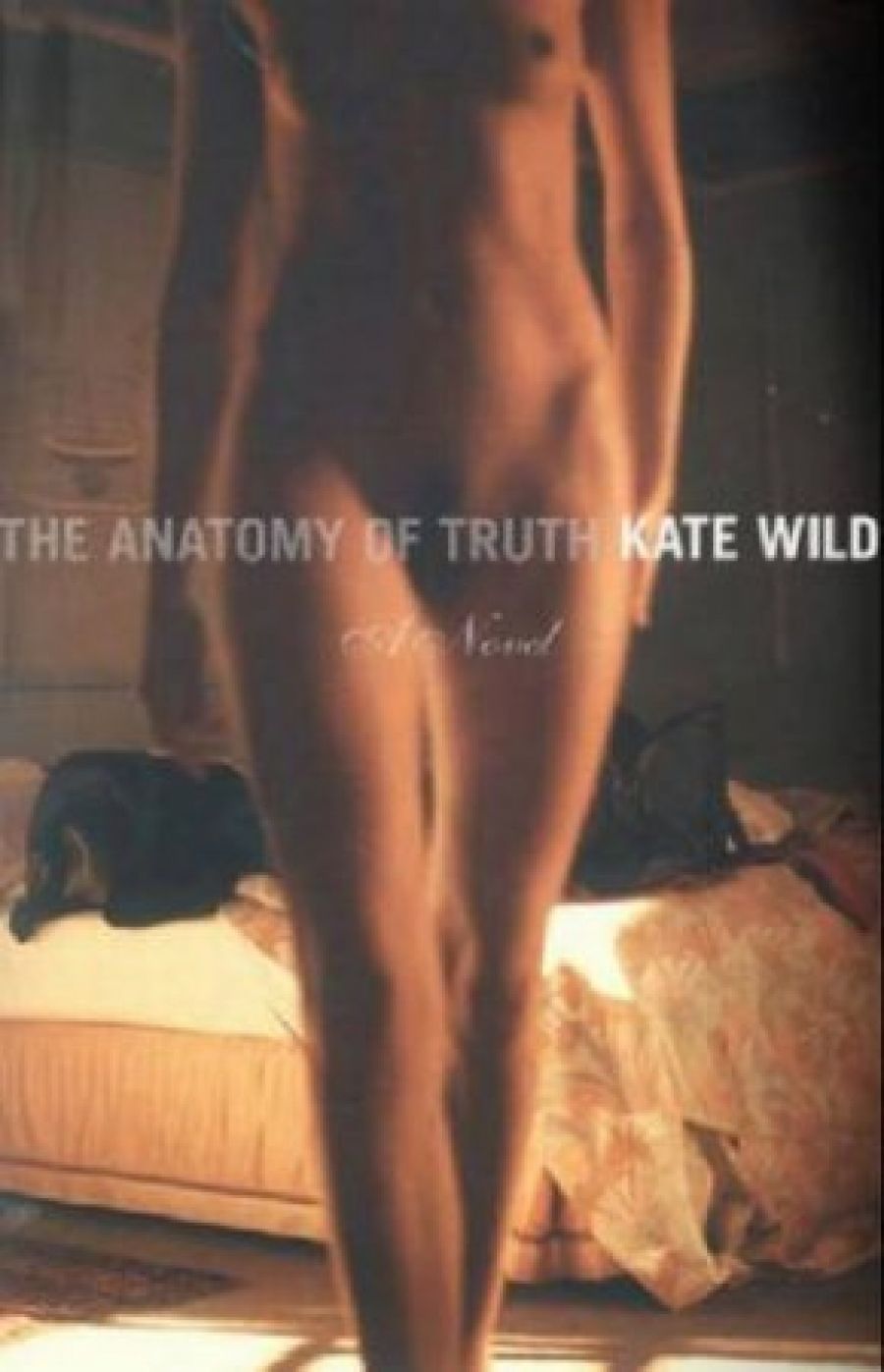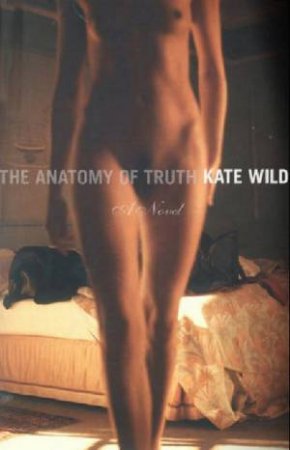
- Free Article: No
- Contents Category: Fiction
- Review Article: Yes
- Article Title: Suspension Bridges of Disbelief
- Online Only: No
- Custom Highlight Text:
At the beginning and end of The Anatomy of Truth, Kate Wild’s central character, Janey Hunter, asserts that she is ‘just trying to establish a common base from which we can communicate’. The Anatomy of Truth suggests bold investigations into vexed issues, so I will follow Janey’s lead and begin by establishing a common definition of the title of this brave first novel. For the purposes of this review, the science of anatomy is the artificial separation of parts of the human body in order to study their structure and relationship. In a more figurative sense, it is a detailed examination or analysis of the structure of an organisation. And truth is the matter as it really is, a fixed or established standard, pattern or rule that conforms to fact and accuracy, with a hint of allegiance and loyalty.
- Book 1 Title: The Anatomy of Truth
- Book 1 Biblio: Picador, $22 pb, 251 pp
- Book 1 Cover Small (400 x 600):

- Book 1 Cover (800 x 1200):

True to its title, The Anatomy of Truth is a study of the attempt to recognise truth, an examination of the relationship between information and power, and an analysis of the anatomy of an anonymous small town somewhere in Australia. Wild has described the work as experimental; certainly, it is not a linear narrative told by one narrator. The story is shared between two characters and three points of view, moving constantly between past and present. The work is divided into seven parts, which are in turn dissected into numbered sections. There is a mythic quality to Wild’s novel: events such as murder, mob violence, child abduction, sabotage and deceit don’t incur any of the usual consequences; the supporting characters verge on being a chorus of stereotypes; and, although there are a few signposts, the story is deliberately set in an unspecified time and place.
The book opens with the mock trial of Janey. She is bound and gagged on a makeshift stage while her own fiction is read out in evidence against her. In her defence, she delivers a tale that begins twenty years ago and works forward to the present. At the age of seven, Janey, ‘the bastard daughter of the town whore’, and ‘plain and fussy’ Easter Dwyer make a pact to remain friends forever. As they grow older, Easter remains ‘homely’ and ‘gormless’; Janey becomes increasingly bitter and world-weary. She despises the ‘revolting, apathetic town’, but knows it defines her: ‘here she was someone. Here people knew her name. She understood their language, their moods … She understood how things worked here. She liked the games they played.’
Janey enjoys playing games. When the naïve and eligible James Margait arrives in town, Janey sees an opportunity to escape from life with her ‘liquid father’. She campaigns to marry James, sabotaging any potential competition. Despite her best efforts, he falls in love with, and marries, Easter. Janey is furious and vengeful. The deceit that follows, patiently executed by Janey, ruins the tentative happiness of James, Easter and their baby Simon, and works the town into a violent frenzy, which ends in Easter’s banishment.
Her work complete, Janey retreats to sit above the town, watching and writing about the lives beneath her. Part Five of the novel follows Easter’s dramatic transformation from ‘a blushing, fawning type of woman’ into a ‘glossy and shiny goddess who doesn’t drown in self-pity’. Parts Six and Seven detail Easter’s return to the town, the plotting of her own revenge and its terrible culmination.
Where’s the truth in all this? With a fiction writer as the main narrator and a great deal of the novel constructed from memory and thought, Wild’s position seems to be that the truth is a story someone else believes. Gossip, delusion and fiction rule in this novel, all wielded by women. Wild’s male characters are variously gullible, hollow, cruel, stupid and weak.
Janey’s mother sums it up: ‘men are soft creatures. They’re not good when life’s tough. Men are good at hiding.’ Women make decisions, tell stories and call the shots. They incite the violence in the novel, and they are the most detailed characters; most of the men get cameo roles. Wild’s contemporary rural Australian witches unleash the power of secrets and ‘permissive, encompassing lies’, and lead the willing by accessing our barely latent desire to hurt each other, emotionally and physically.
Wild delivers all this in a dryly amusing style, with a touch of the grotesque:
From Janey’s mouth a white tongue oozes, snaking slowly over her chin. Thick like a baby’s arm it butts its way through her distended lips. Alistair has to remind himself there are no such things as monsters in spite of the evidence before him. It’s only the rag he stuffed in Janey’s mouth to muffle her anger when they first pinned her down.
Wild describes delusion and altered mental states very well and offers an intriguing, bleak version of Australian rural life. She successfully maintains her three narrative voices – Janey, Easter and an omnipresent narrator – and manages to deliver surprises, keep the reader guessing and hold a complex, melodramatic story together.
As a whole, Wild struggles to establish a fictional world the reader can fully relax into. In this strange, dramatic story, Wild requires the reader to build suspension bridges of disbelief, at times without her assistance. But each section of this work is strong, with many vivid scenes and sharp observations, and Janey is an intriguing character, as much a victim of her own delusions as those around her. This ambitious and sinister exploration of women as wives, friends, mothers and sexual partners is worth reading.


Comments powered by CComment